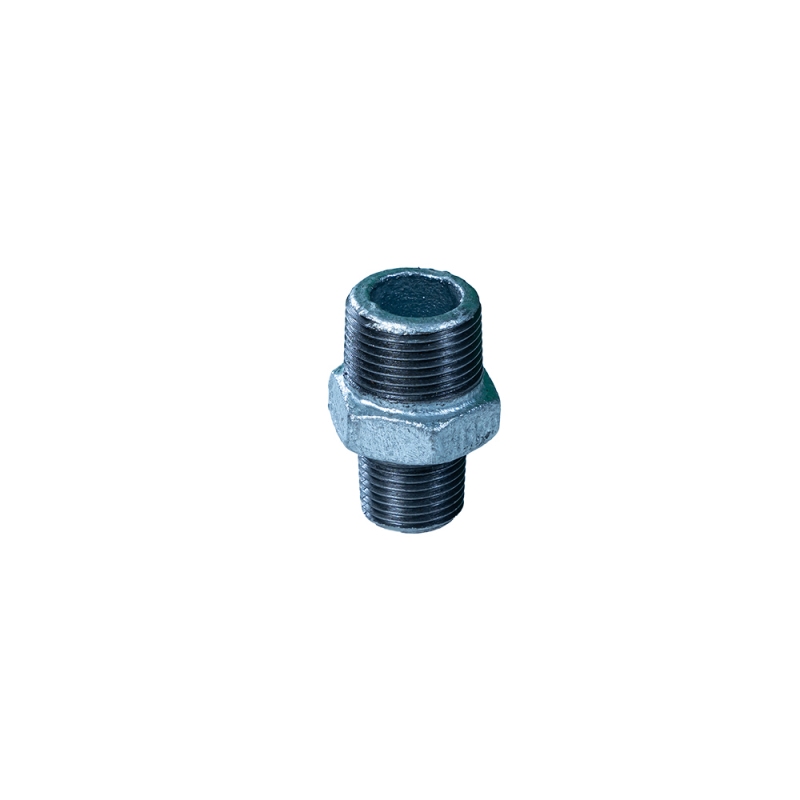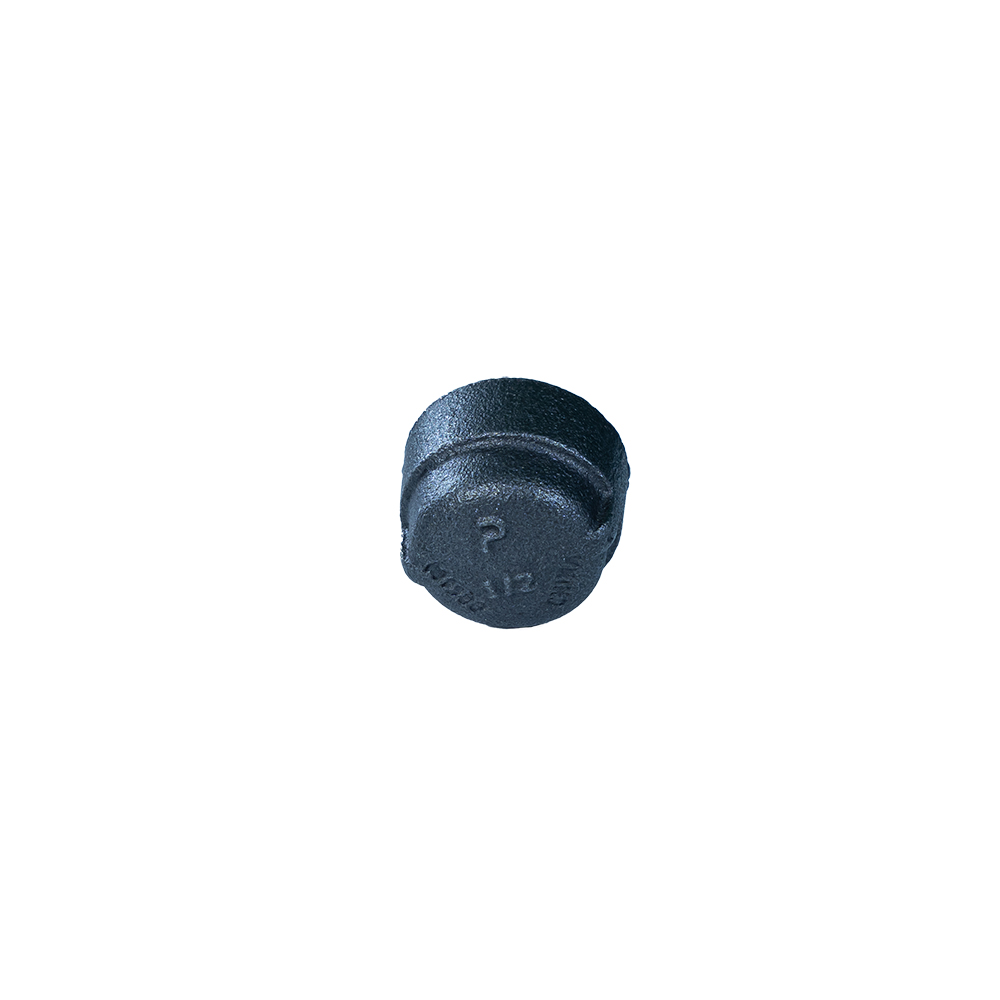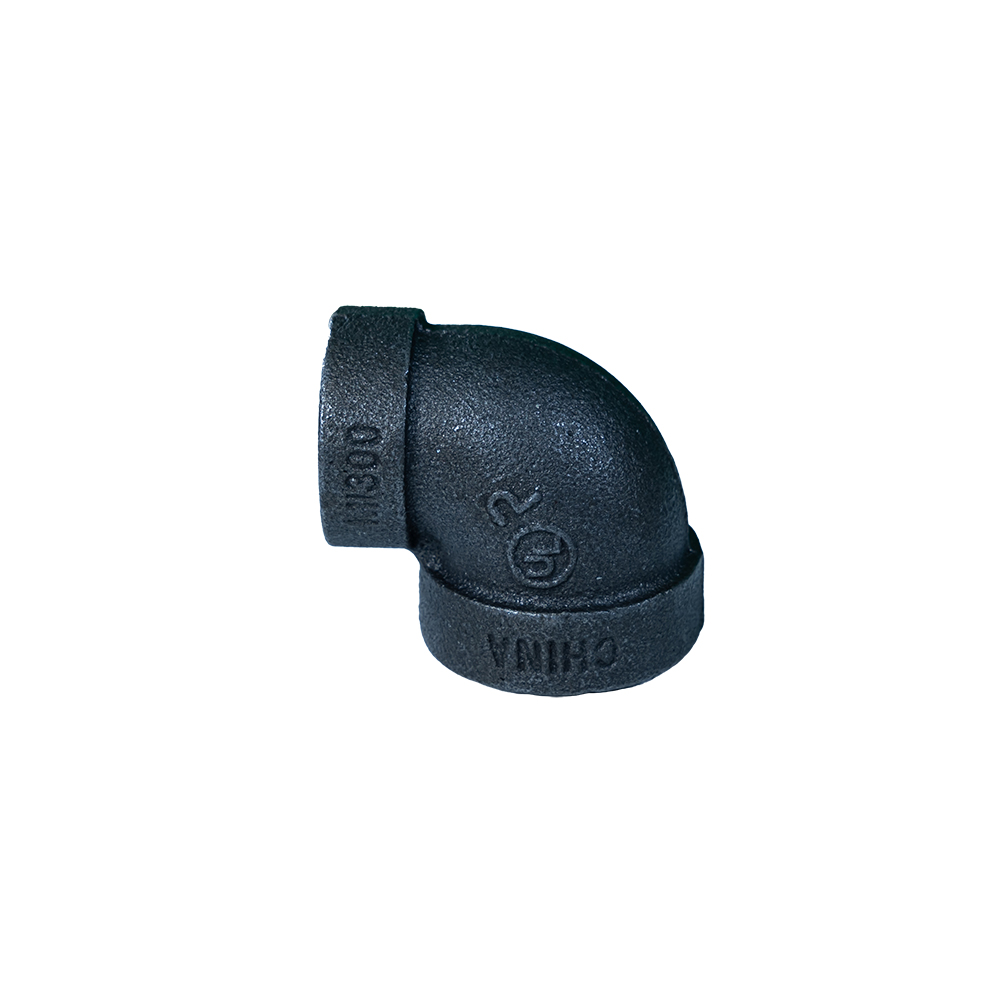Understanding 45 Degree Laterals: Why They Matter Worldwide
When you first hear "45 degree laterals," you might think it's just a term reserved for plumbing or piping. But this modest-sounding component plays a surprisingly vital role in many industries, from water management to industrial manufacturing, and even humanitarian projects. Essentially, these fittings allow fluid, gas, or material flow to branch off at an optimal angle, improving efficiency and reducing stress on the system. Grasping their design and application not only helps engineers and project planners but also supports global efforts in sustainability and infrastructure development.
Global Context: The Growing Need for 45 Degree Laterals
On a global scale, infrastructure demands are rising rapidly. According to the United Nations, billions require improved water and sanitation systems by 2030 to meet Sustainable Development Goals. In pipes and conduits, flows must be managed intelligently to reduce waste and prevent failures. Here, 45 degree laterals pop up as a simple but effective solution — compared to sharper angles like 90 degrees, they facilitate smoother flow, lowering turbulence and wear.
Industries ranging from oil and gas to agriculture also face challenges like harsh environments and cost constraints. Pipe systems incorporating these angled fittings can be tailored to meet such conditions, improving longevity and performance, especially in remote or disaster-prone areas. For instance, post-flood relief efforts often require fast, reliable piping setups where these laterals can make installation and maintenance easier.
Mini Takeaway:
45 degree laterals aren't just plumbing jargon—they’re essential players in efficient and sustainable piping solutions worldwide.
What Exactly Are 45 Degree Laterals?
In simplest terms, a 45 degree lateral is a branch connection that diverts flow at a 45° angle from the main pipeline. These fittings are common in various pipework systems, such as water distribution lines, HVAC systems, and chemical processing plants. Unlike sharper or more abrupt angles, the 45° angle helps maintain consistent flow velocity, reducing pressure drops and the chance of clogging.
Their design can vary—from welded steel laterals to molded plastic versions or high-grade alloys—depending on the operational environment. Moreover, their relevance extends beyond industry; in humanitarian scenarios, reliable piping means communities get clean water faster and with less maintenance hassle.
Mini Takeaway:
Simply put, 45 degree laterals are thoughtfully angled connectors that keep flows smooth and systems reliable.
Key Features That Define 45 Degree Laterals
Durability
The materials used in manufacturing these laterals greatly impact durability. For example, stainless steel versions resist corrosion in harsh chemicals or saline environments, while thermoplastic versions excel in low-pressure water applications. Durability directly translates to maintenance schedules and system lifespan.
Flow Efficiency
The angle reduces turbulence and pressure loss compared to traditional 90° tees or elbows. Many fluid dynamics experts note that 45 degree laterals help maintain laminar flow, which is less damaging to pipes and pumps.
Installation Compatibility
Engineers often choose 45 degree laterals for modular systems where quick installation and repairs matter. Their shape allows easy alignment during assembly and less stress on joints — important when time or access is limited.
Cost Efficiency
While they might carry a slightly higher upfront cost than simpler fittings, the reduced wear and energy savings for pumping systems often offset that over time. Sustainability-conscious projects also appreciate the long-term ROI.
Customization & Scalability
Depending on the supplier, custom sizes, materials, and pressure ratings are available, enabling adaptation to applications ranging from small-scale residential to massive industrial pipelines.
| Feature | Typical Range | Material Options |
|---|---|---|
| Pipe Diameter | 1” to 48” | Steel, PVC, HDPE, Stainless Steel |
| Pressure Rating | 150 PSI to 600 PSI | N/A |
| Temperature Range | -20°C to 150°C | N/A |
| Connection Type | Welded, Flanged, Socket Weld | N/A |
How 45 Degree Laterals Are Making a Difference Globally
These fittings have shown up in some unexpected places. In remote industrial zones like Canada's oil sands or Australia’s mining fields, they’re part of complex piping networks handling slurry, air, and water — where ruggedness and flow efficiency matter deeply. Likewise, municipal water systems in Asia and Africa incorporate 45 degree laterals for better water distribution and lower leakage.
Even NGOs appreciate these components. In post-disaster relief operations, rapid deployment of clean water or sanitation pipelines depends on quick-to-fit, reliable joints. Many relief organizations source modular pipe systems containing these laterals to boost efficiency and improve lives swiftly.
For more in-depth product options, check out our detailed range of 45 degree laterals to suit diverse project needs.
Mini Takeaway:
From harsh mining landscapes to emergency sanitation projects, the humble 45 degree lateral pulls its weight in global infrastructure.
Advantages & Lasting Value of Using 45 Degree Laterals
- Cost Savings: Reduced maintenance and pump energy consumption lower total operational costs over pipelines’ lifetimes.
- Environmental Impact: Smoother flows mean fewer leaks and less wasted water or gas, supporting sustainability goals.
- Safety and Reliability: Improved flow reduces pipe bursts and system failures, keeping workers safe and operations smooth.
- Social Benefit: Especially in humanitarian projects, reliable water delivery means better health and dignity for vulnerable populations.
- Innovation Friendly: Compatibility with modern materials and systems lets companies stay at the forefront of pipeline technology.
Looking Ahead: Innovations Shaping 45 Degree Laterals
Industry insiders are watching promising advances. For instance, composite materials infused with graphene or carbon fiber promise lighter, tougher fittings that resist corrosion and fatigue better than ever. Digital twin simulations also help optimize designs before manufacturing, saving time and materials.
Eco-friendly manufacturing and recyclable plastics are on the rise, aligning with global pressure to reduce industrial waste. In the near future, smart pipe components with embedded sensors may use 45 degree laterals with telemetry to monitor flow and detect issues in real-time.
Common Challenges & How to Address Them
Not everything is perfect though. One challenge is that improper installation angle or poor welding can cause stress concentrations, undermining the lateral’s benefits. Another is sourcing quality fittings in remote regions, where supply chains are fragile.
Experts recommend comprehensive training for installers and specifying certified products from trustworthy vendors. Modular kits that reduce on-site welding or complex assembly can also help solve many field headaches.
Vendor Comparison: Leading Providers of 45 Degree Laterals
| Vendor | Material Varieties | Typical Lead Time | Custom Options | Geographic Reach |
|---|---|---|---|---|
| PanNext Fittings | Steel, HDPE, PVC, Stainless Steel | 2-4 Weeks | Yes (Sizes & Standards) | Global |
| PipeTech Solutions | Steel, Copper | 4-6 Weeks | Limited | North America, Europe |
| Global PipeWorks | Alloys & Composites | 6-8 Weeks | Yes (High Customization) | Europe, Asia |
FAQs About 45 Degree Laterals
Q1: Are 45 degree laterals better than 90-degree alternatives for all applications?
A1: Not necessarily. While 45 degree laterals reduce flow turbulence and pressure loss, 90-degree fittings might still be preferred where space constraints dominate or installation simplicity is needed. The choice depends on project needs and fluid dynamics.
Q2: What materials should I consider for corrosive environments?
A2: Stainless steel and certain HDPE types perform well in corrosive conditions. It’s important to verify chemical compatibility with your specific media and temperature ranges.
Q3: How can I ensure proper installation of 45 degree laterals?
A3: Always follow manufacturer specs, perform quality welds or connections, and consider professional training. Using modular kits or pre-fabricated components can also simplify reliable installation.
Q4: Can 45 degree laterals be customized for unusual pipe diameters?
A4: Most reputable vendors, including PanNext Fittings, offer tailored solutions for a wide range of sizes and pressure classes. Communicate project specifics early for best results.
Q5: What industries benefit most from 45 degree laterals?
A5: They’re widely used in municipal water treatment, oil and gas pipelines, mining operations, chemical plants, and humanitarian relief infrastructure.
Wrapping Up: Why 45 Degree Laterals Should Be on Your Radar
In a world demanding smarter, more sustainable infrastructure, sometimes the simplest components make the biggest difference. 45 degree laterals enhance flow efficiency, support long-term system health, and lend flexibility to complex projects — from industrial giants to grassroots waterworks. Whether you're planning municipal upgrades or modular disaster relief systems, these fittings quietly help keep everything running smoothly.
Curious about how they could fit your project? Visit PanNext Fittings for a lineup tailored to your needs and expert guidance every step of the way.
Quick recap:
Durability, cost savings, sustainability, and adaptability — that's the 45 degree lateral package. And honestly? They're kind of a pipe system's unsung hero.
References:
Post time: Nov-15-2025









